The exhibition ‘We can make another future: Japanese art after 1989’ celebrates the breadth of Japanese art in the Gallery’s Collection, including holdings from the Research Library and Australian Centre of Asia Pacific Art (ACAPA) Archives.
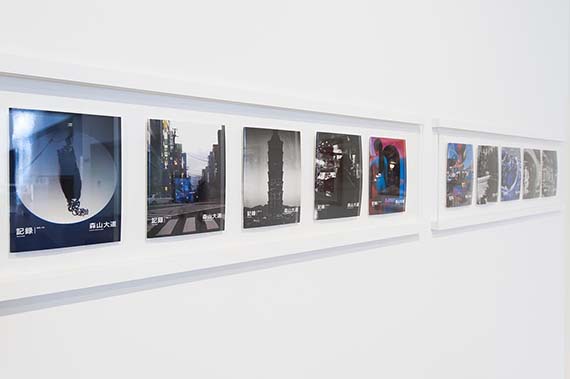
The Library holds an impressive range of items on and by Japanese artists, many especially acquired in conjunction with the Gallery’s Asia Pacific Triennial of Contemporary Art (APT) exhibitions. These include such rarities as the hard plastic concertina sheets illustrated with the McDonald’s golden arches that formed the 2001 publication by Masato Nakamura entitled QSC+mV (Quality, Service, Clean + m Value), based on Nakamura’s installation QSC + V 1998, exhibited as part of APT3.
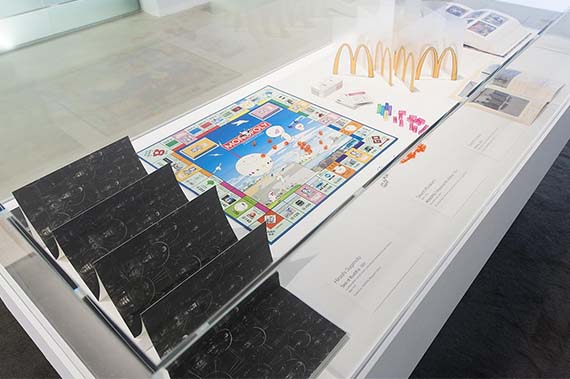
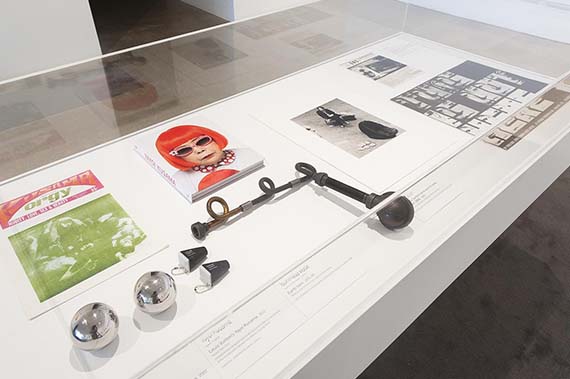
Other highlights include the one-off magazine issue, Kusama Presents an Orgy of Nudity, Love, Sex & Beauty, created by Yayoi Kusama in 1966, displayed alongside miniature Narcissus mirror balls from APT 2002. Also featured in the display are the Fluxus Newspaper no.8 and the exhibition catalogue for ‘Fluxfest Presentation of John Lennon & Yoko Ono + at 80 Wooster St., New York, 1970’, both from the Library’s Francesco Conz Archive.
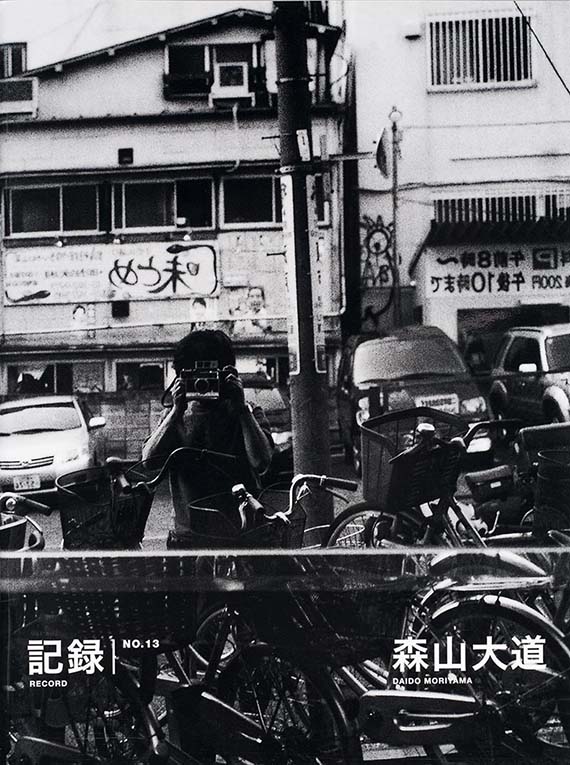
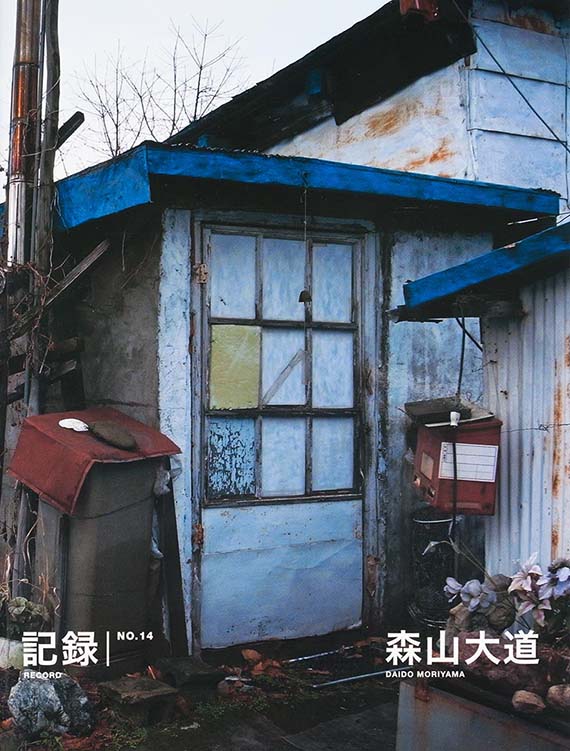
But if I were asked to choose a favourite from the display, I‘d probably select Kiroku, a photo-journal created by renowned Japanese photographer Daido Moriyama. Kiroku translates as ‘record’, a name chosen to reflect the purpose of the photo- journal – a way for Moriyama to make use of the images he captured in a certain time and place. Five issues were created between 1972 and 1973, self-published in a zine style photocopied format but time and money constraints forced Kiroku to the backburner. Fortunately in 2008 Japanese publisher Akio Nagasawa approached Moriyama to reinstate the photo journal on an ongoing basis and so it came to be that issue 6 was released. The most recent issue, no.27, was published in late 2014. Our Library has the complete holdings, thanks to funds donated by Dr Caroline Turner through the Queensland Art Gallery | Gallery of Modern Art Foundation.
Moriyama writes a brief note in each issue that gives the reader an insight into the where, the why and sometimes how he was feeling or IS feeling (it may have little to do with the images preceding!). I especially enjoyed the comments in issues 13 and 14. In issue 13, Moriyama, a photographer most famous for his grainy black and white images, explores his attraction to it, declaring ‘photography has to be black and white’, but in a teasing act of contrition, issue 14 is entirely dedicated to full colour digital photography. It’s these glimpses into Moriyama’s character that make Kiroku special.
QAGOMA Research Library
The QAGOMA Research Library is located on Level 3 of the Gallery of Modern Art (GOMA). Open to the public Tuesday to Friday 10.00am to 5.00pm. visit us in person or explore the online catalogue. Access to special collections is available by appointment.
#QAGOMA
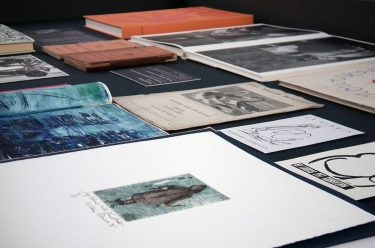
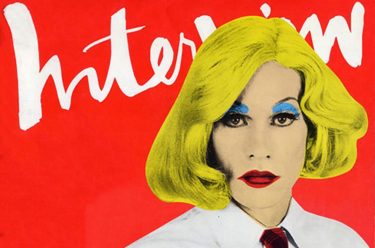
Thanks Shannon. Thanks for letting us know about these publications. I’ll be in to take a look!
R
Thank you for drawing my attention to this display. It is so easy to walk past but your writing this will certainly ensure that I take more notice. Your enthusiasm is catching.
Margaret